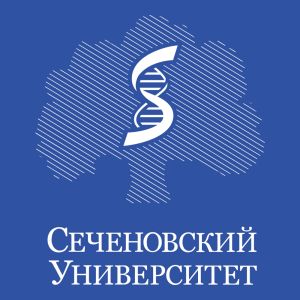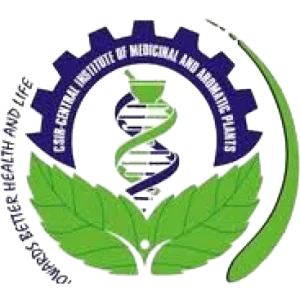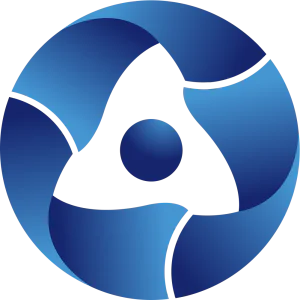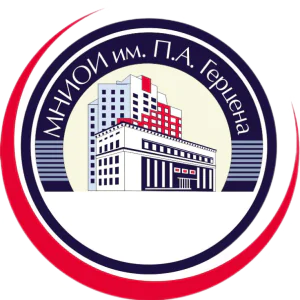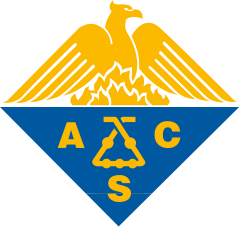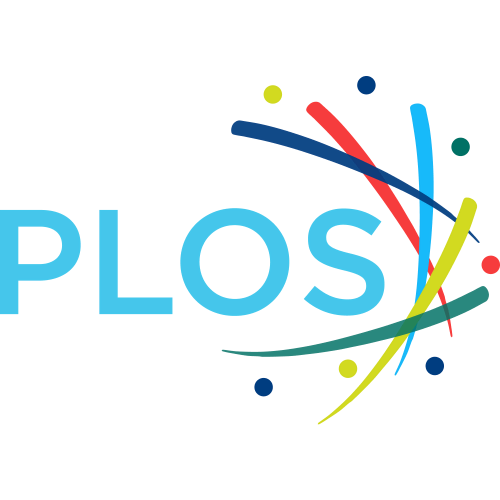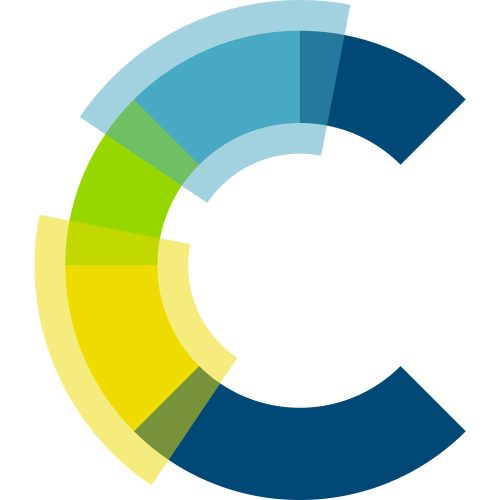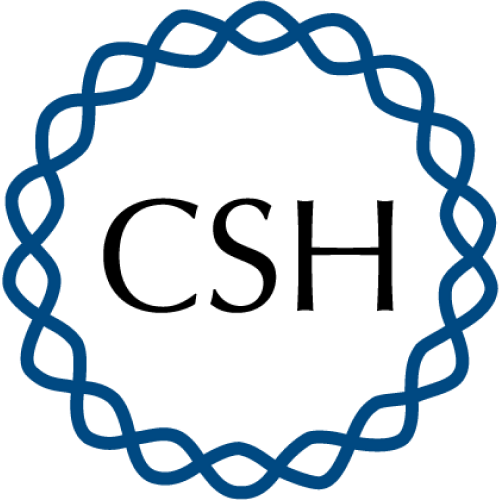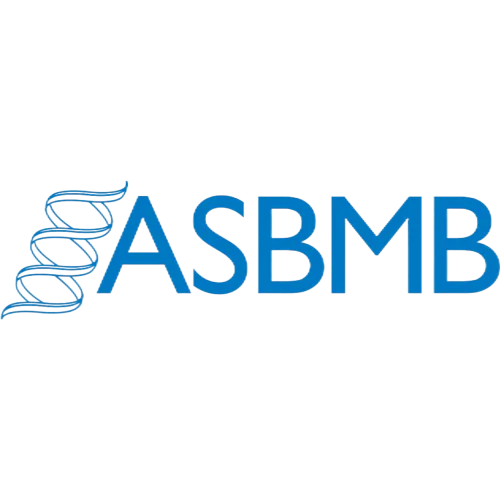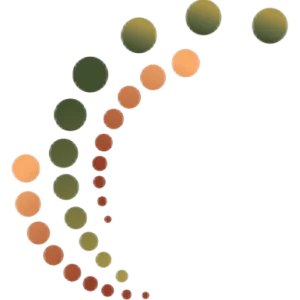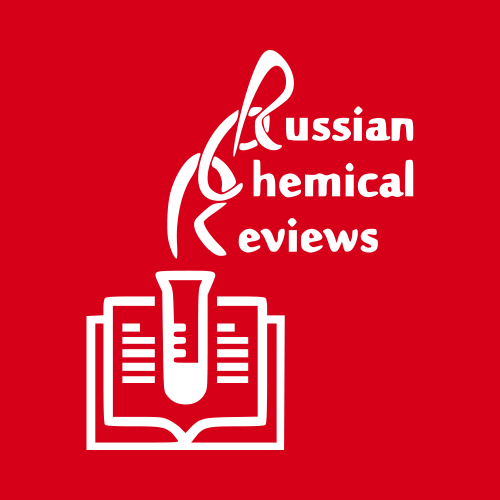Evaluating Virtual Screening Methods: Good and Bad Metrics for the “Early Recognition” Problem
1
Department of Medicinal Chemistry, Merck Frosst Centre for Therapeutic Research, 16711 TransCanada Highway, Kirkland, Québec, Canada H9H 3L1
|
Publication type: Journal Article
Publication date: 2007-02-09
scimago Q1
wos Q1
SJR: 1.467
CiteScore: 9.8
Impact factor: 5.3
ISSN: 15499596, 1549960X
PubMed ID:
17288412
General Chemistry
Computer Science Applications
General Chemical Engineering
Library and Information Sciences
Abstract
Many metrics are currently used to evaluate the performance of ranking methods in virtual screening (VS), for instance, the area under the receiver operating characteristic curve (ROC), the area under the accumulation curve (AUAC), the average rank of actives, the enrichment factor (EF), and the robust initial enhancement (RIE) proposed by Sheridan et al. In this work, we show that the ROC, the AUAC, and the average rank metrics have the same inappropriate behaviors that make them poor metrics for comparing VS methods whose purpose is to rank actives early in an ordered list (the "early recognition problem"). In doing so, we derive mathematical formulas that relate those metrics together. Moreover, we show that the EF metric is not sensitive to ranking performance before and after the cutoff. Instead, we formally generalize the ROC metric to the early recognition problem which leads us to propose a novel metric called the Boltzmann-enhanced discrimination of receiver operating characteristic that turns out to contain the discrimination power of the RIE metric but incorporates the statistical significance from ROC and its well-behaved boundaries. Finally, two major sources of errors, namely, the statistical error and the "saturation effects", are examined. This leads to practical recommendations for the number of actives, the number of inactives, and the "early recognition" importance parameter that one should use when comparing ranking methods. Although this work is applied specifically to VS, it is general and can be used to analyze any method that needs to segregate actives toward the front of a rank-ordered list.
Found
Nothing found, try to update filter.
Found
Nothing found, try to update filter.
Top-30
Journals
|
20
40
60
80
100
120
140
|
|
|
Journal of Chemical Information and Modeling
139 publications, 19.83%
|
|
|
Journal of Cheminformatics
33 publications, 4.71%
|
|
|
Journal of Computer-Aided Molecular Design
32 publications, 4.56%
|
|
|
Journal of Biomolecular Structure and Dynamics
29 publications, 4.14%
|
|
|
Molecules
24 publications, 3.42%
|
|
|
Molecular Informatics
17 publications, 2.43%
|
|
|
PLoS ONE
15 publications, 2.14%
|
|
|
Methods in Molecular Biology
14 publications, 2%
|
|
|
International Journal of Molecular Sciences
13 publications, 1.85%
|
|
|
Journal of Medicinal Chemistry
12 publications, 1.71%
|
|
|
Journal of Molecular Graphics and Modelling
10 publications, 1.43%
|
|
|
Scientific Reports
9 publications, 1.28%
|
|
|
European Journal of Medicinal Chemistry
8 publications, 1.14%
|
|
|
ACS Omega
7 publications, 1%
|
|
|
Frontiers in Pharmacology
6 publications, 0.86%
|
|
|
Frontiers in Chemistry
6 publications, 0.86%
|
|
|
Wiley Interdisciplinary Reviews: Computational Molecular Science
6 publications, 0.86%
|
|
|
Journal of Computational Chemistry
6 publications, 0.86%
|
|
|
Journal of Chemical Theory and Computation
6 publications, 0.86%
|
|
|
Briefings in Bioinformatics
6 publications, 0.86%
|
|
|
Chemical Science
5 publications, 0.71%
|
|
|
Future Medicinal Chemistry
5 publications, 0.71%
|
|
|
Molecular Diversity
5 publications, 0.71%
|
|
|
Journal of Molecular Modeling
5 publications, 0.71%
|
|
|
Nature Communications
5 publications, 0.71%
|
|
|
Bioorganic and Medicinal Chemistry
5 publications, 0.71%
|
|
|
Chemical Biology and Drug Design
5 publications, 0.71%
|
|
|
Lecture Notes in Computer Science
5 publications, 0.71%
|
|
|
Bioinformatics
5 publications, 0.71%
|
|
|
20
40
60
80
100
120
140
|
Publishers
|
20
40
60
80
100
120
140
160
180
|
|
|
American Chemical Society (ACS)
176 publications, 25.11%
|
|
|
Springer Nature
154 publications, 21.97%
|
|
|
Elsevier
75 publications, 10.7%
|
|
|
Wiley
75 publications, 10.7%
|
|
|
MDPI
47 publications, 6.7%
|
|
|
Taylor & Francis
44 publications, 6.28%
|
|
|
Cold Spring Harbor Laboratory
30 publications, 4.28%
|
|
|
Royal Society of Chemistry (RSC)
16 publications, 2.28%
|
|
|
Public Library of Science (PLoS)
16 publications, 2.28%
|
|
|
Frontiers Media S.A.
15 publications, 2.14%
|
|
|
Oxford University Press
12 publications, 1.71%
|
|
|
Bentham Science Publishers Ltd.
7 publications, 1%
|
|
|
Institute of Electrical and Electronics Engineers (IEEE)
5 publications, 0.71%
|
|
|
SAGE
3 publications, 0.43%
|
|
|
Hindawi Limited
3 publications, 0.43%
|
|
|
American Society for Biochemistry and Molecular Biology
2 publications, 0.29%
|
|
|
IGI Global
2 publications, 0.29%
|
|
|
American Society for Pharmacology and Experimental Therapeutics
1 publication, 0.14%
|
|
|
World Scientific
1 publication, 0.14%
|
|
|
Walter de Gruyter
1 publication, 0.14%
|
|
|
Scientific Research Publishing
1 publication, 0.14%
|
|
|
American Society for Microbiology
1 publication, 0.14%
|
|
|
Indian Drug Manufacturers' Association
1 publication, 0.14%
|
|
|
Palladin Institute of Biochemistry of the NASU
1 publication, 0.14%
|
|
|
Georg Thieme Verlag KG
1 publication, 0.14%
|
|
|
Autonomous Non-profit Organization Editorial Board of the journal Uspekhi Khimii
1 publication, 0.14%
|
|
|
Brieflands
1 publication, 0.14%
|
|
|
20
40
60
80
100
120
140
160
180
|
- We do not take into account publications without a DOI.
- Statistics recalculated weekly.
Are you a researcher?
Create a profile to get free access to personal recommendations for colleagues and new articles.
Metrics
704
Total citations:
704
Citations from 2024:
108
(15.41%)
Cite this
GOST |
RIS |
BibTex |
MLA
Cite this
GOST
Copy
Truchon J., Bayly C. I. Evaluating Virtual Screening Methods: Good and Bad Metrics for the “Early Recognition” Problem // Journal of Chemical Information and Modeling. 2007. Vol. 47. No. 2. pp. 488-508.
GOST all authors (up to 50)
Copy
Truchon J., Bayly C. I. Evaluating Virtual Screening Methods: Good and Bad Metrics for the “Early Recognition” Problem // Journal of Chemical Information and Modeling. 2007. Vol. 47. No. 2. pp. 488-508.
Cite this
RIS
Copy
TY - JOUR
DO - 10.1021/ci600426e
UR - https://doi.org/10.1021/ci600426e
TI - Evaluating Virtual Screening Methods: Good and Bad Metrics for the “Early Recognition” Problem
T2 - Journal of Chemical Information and Modeling
AU - Truchon, Jean-Francois
AU - Bayly, Christopher I.
PY - 2007
DA - 2007/02/09
PB - American Chemical Society (ACS)
SP - 488-508
IS - 2
VL - 47
PMID - 17288412
SN - 1549-9596
SN - 1549-960X
ER -
Cite this
BibTex (up to 50 authors)
Copy
@article{2007_Truchon,
author = {Jean-Francois Truchon and Christopher I. Bayly},
title = {Evaluating Virtual Screening Methods: Good and Bad Metrics for the “Early Recognition” Problem},
journal = {Journal of Chemical Information and Modeling},
year = {2007},
volume = {47},
publisher = {American Chemical Society (ACS)},
month = {feb},
url = {https://doi.org/10.1021/ci600426e},
number = {2},
pages = {488--508},
doi = {10.1021/ci600426e}
}
Cite this
MLA
Copy
Truchon, Jean-Francois, and Christopher I. Bayly. “Evaluating Virtual Screening Methods: Good and Bad Metrics for the “Early Recognition” Problem.” Journal of Chemical Information and Modeling, vol. 47, no. 2, Feb. 2007, pp. 488-508. https://doi.org/10.1021/ci600426e.



